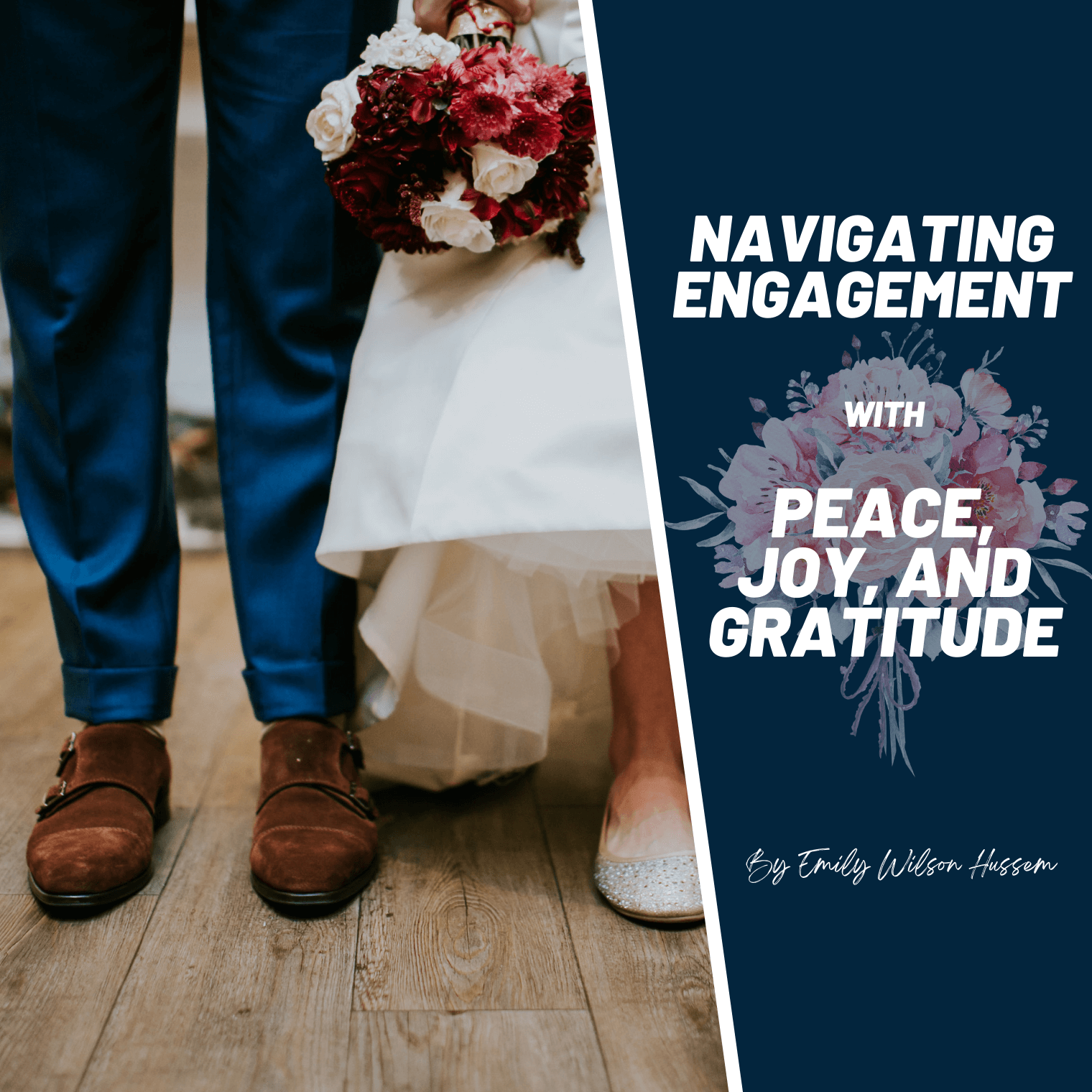How Emotional Maturity Can Help You Grow
By Hanna Van Elk
We’ve all seen it — the parent shushing their screaming child in the aisle of the grocery store, scolding them for crying. Public spaces are not always kind to parents; the surplus of scornful glances burrow shame into their minds. And as much as it breaks my heart, it can also offer me a lens into how those parents were parented. When you spend your whole life being told, “No, your feelings are misplaced, wrong, ridiculous…” you will beget that upon your own children — sometimes subconsciously. It’s a cycle.
For so many years I thought the goal of my life, how I would measure my success, would be how happy I was. I would crouch in the corners of my mind waiting to jump when even a hint of joy crossed my path, “Happiness! There it is! I am successful because I am SO happy, all the time. Look at me, being happy.” It was an exercise in futility, because no one can be happy all the time. Even those with everything they ever have wanted are not happy 24/7.
I have learned, through years of treating myself like the embarrassed parent in the grocery store, that happiness or even contentment is not the mark of a truly successful person. Rather, real success comes from emotional maturity. It comes from experiencing the full range of human emotion — and being able to communicate those feelings, process them, and then let them go.
I’ve auditioned many different methods on my quest for emotional maturity, and I’ve adopted two steps that seem to stick.
Step 1: Give it a name
After struggling with depression and anxiety for a bulk of my life, airing it out was an amazing first step. I started labeling my feelings and telling people about them. I established myself as a human, having human experiences, but also created a safe place, where people could come talk to me about how they were doing.
Emotions are deeply complex; it can be hard to truly suss out what is present: sadness, anxiousness, guilt, self-loathing, fear. I tend to circle back to this idea of fear and how some days it looks like fight, flight, fawn. Emotions are adaptable and so learning to name what I was feeling, even in the most basic ways, was a huge step in the right direction of my own self-learning. Choosing emotional maturity meant labeling them for myself, but also for the benefit of those around me.
Emotional regulation involves realizing that emotions will arise organically and completely outside of your control. This is normal! Naming emotions is important because your power comes from how you choose to act in light of them.
Step 2: Utilize the tools around you
Just like our emotions are personal to us, the tools we use to help our emotions will be too. Sometimes, we just need to let the emotion ride itself out — crying, for example, feels like surrendering to sadness, but it’s also cathartic and releases the feelings of shame or imminent stress. If you need to disassociate, give yourself the space to be alone — even if that just means going to bed. When the body says, “Hey, I need this to feel good again,” listen to that with self-compassion and honor those needs. We can also look to loved ones to help. When I’m feeling both sad and tired, a hug or a round of affirmations with friends is restorative.
Some days it can take hours to calm down from an anxiety episode and having an arsenal of regulatory tools can help. Whether it’s a weighted blanket, a comforting meal, or a casual TV show, these small acts of self-care remind me that I am safe and that I am no longer in danger — I never was.
By intentionally taking actions to feel better, I acknowledge what I’m feeling. And after I take the time to regulate, I can move forward from it and it is no longer my keeper. I want to say to the grocery store children, “I can see that you are sad/upset/angry/frustrated. I am so sorry you feel that way right now, I feel that way sometimes too.”
This article was originally published here.










